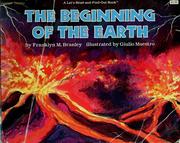
|
The beginning of the earth
|
Franklyn M. Branley |
Describes what may have happened when the earth began billions of years ago. |
OL121282W |

|
A book of Mars for you
|
Franklyn M. Branley |
Presents the progression in man's knowledge of the planet Mars--from the telescope of Galileo to the photographic lens of Mariner IV whose incredible journey close to the Red Planet furnished scienti… |
OL121284W |
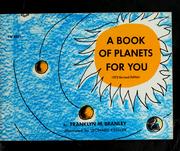
|
A book of planets for you
|
Franklyn M. Branley |
A basic book describing the size, temperature, and other important features of the nine planets that go around our sun. |
OL121285W |

|
Experiments in the principles of space travel
|
Franklyn M. Branley |
Simple experiments, using easily obtainable equipment, designed to explain the scientific laws pertaining to rocket research and space travel. |
OL121292W |
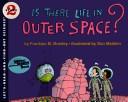
|
Is there life in outer space?
|
Franklyn M. Branley |
Discusses some of the ideas and misconceptions about life in outer space and speculates on the existence of such life in light of recent space explorations. |
OL121296W |

|
Mickey's magnet
|
Franklyn M. Branley |
This is a children's book written in story/narrative style to explain how in simple terms how magnets work. |
OL121299W |

|
The sky is full of stars
|
Franklyn M. Branley |
Explains how to view stars and ways to locate star pictures, known as constellations, throughout the year. |
OL121305W |

|
Solar energy
|
Franklyn M. Branley |
Explains solar energy and its use in solar water heaters, heat pumps, cookers, water distillers, and controlled photosynthesis. Includes simple experiments testing new solar energy theories. |
OL121306W |
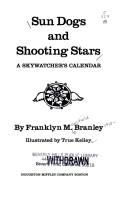
|
Sun dogs and shooting stars
|
Franklyn M. Branley |
A guide to astronomical and meteorological events typical of each month, from the beginning of winter through summer's meteor showers and hail to the harvest moon of autumn. |
OL121308W |
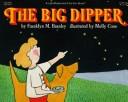
|
The Big Dipper
|
Franklyn M. Branley |
Explains basic facts about the Big Dipper, including which stars make up the constellation, how its position changes in the sky, and how it points to the North Star. |
OL121310W |
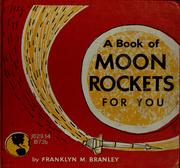
|
A book of moon rockets for you
|
Franklyn M. Branley |
Describes moon rockets and explains how they were used to discover whether men could travel to the moon and survive. |
OL121311W |
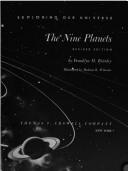
|
The nine planets
|
Franklyn M. Branley |
Discusses the characteristics of each of the nine planets and explains the techniques used in the discovery and study of them. |
OL121315W |
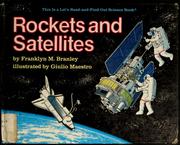
|
Rockets and satellites
|
Franklyn M. Branley |
Simple text with illustrations explains rockets and satellites and describes their capabilities and functions. |
OL121316W |
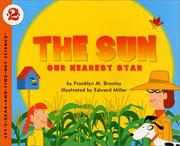
|
The sun
|
Franklyn M. Branley |
Describes the sun and how it provides the light and energy which allow plant and animal life to exist on the earth. |
OL121318W |

|
Air is all around you
|
Franklyn M. Branley,John O'Brien LL. CSS |
Describes the various properties of air and shows how to prove that air takes up space and that there is air dissolved in water. |
OL121322W |
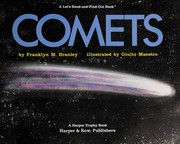
|
Comets
|
Franklyn M. Branley |
Explains what comets are, how they are formed, and how their unusual orbits bring them into earth's view at predictable intervals, with a special focus on Halley's comet |
OL121324W |

|
Neptune
|
Franklyn M. Branley |
Details the activities of the American Voyager 2 space probe as it made its 1989 flyby of Neptune and its moons. Discusses the eighth planet's orbit, atmosphere, rings, and geology. |
OL121329W |

|
Venus
|
Franklyn M. Branley |
Describes the topography and motions of the planet Venus, explains theories about its origin and evolution, and presents recent discoveries made by the Magellan spacecraft. |
OL121330W |
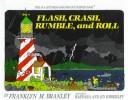
|
Flash, crash, rumble, and roll
|
Franklyn M. Branley |
Explains how and why a thunderstorm occurs and gives safety steps to follow when lightning is flashing. |
OL121333W |

|
Think metric!
|
Franklyn M. Branley |
Describes how accurate standards of measurements were determined for time, length and width, volume, temperature, and weight with emphasis on the advantages of the metric system. |
OL15164379W |



















